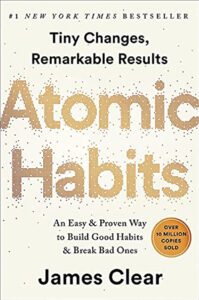|
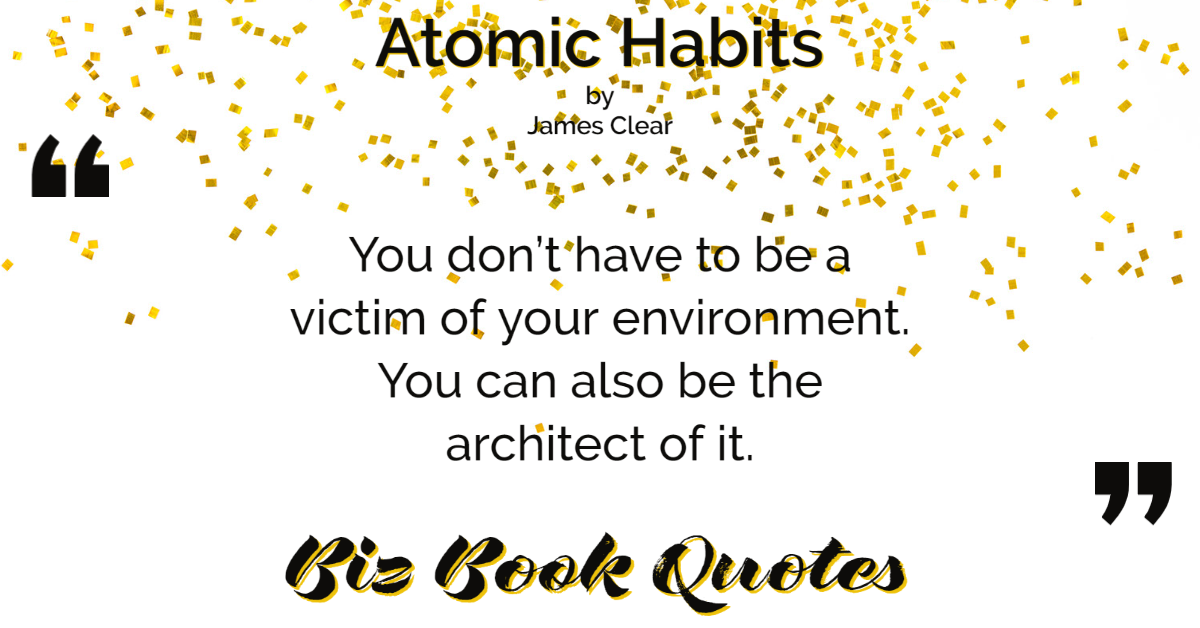
|
Atomic Habits:
You don’t have to be a victim of your environment. You can also be the architect of it.
|
84 |
|
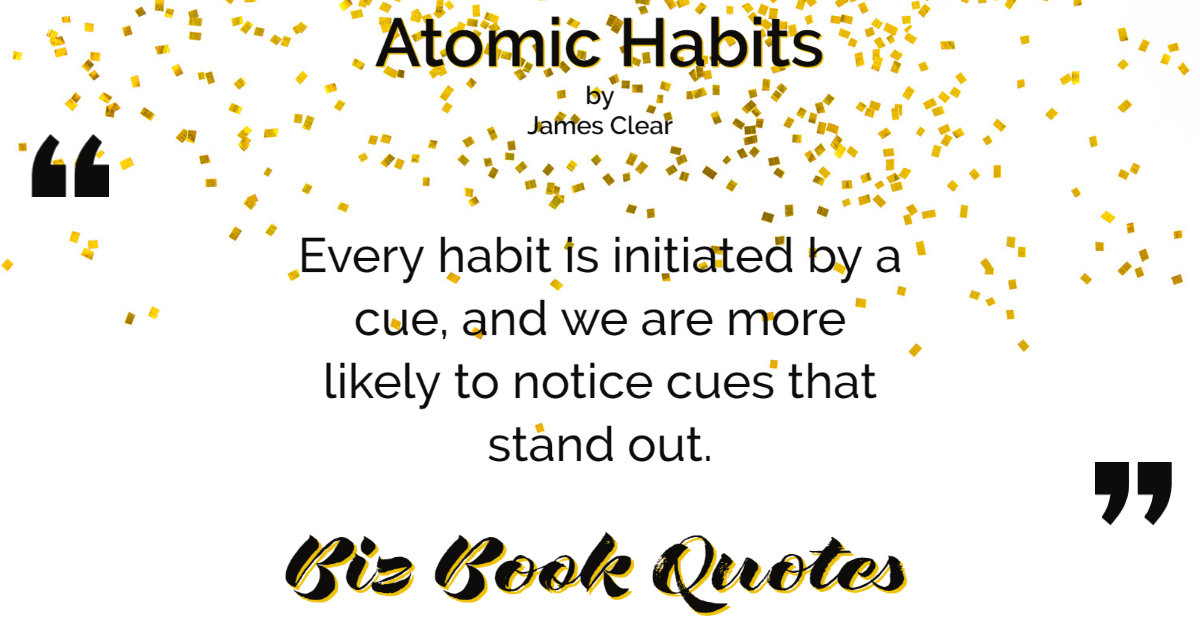
|
Atomic Habits:
Every habit is initiated by a cue, and we are more likely to notice cues that stand out.
|
85 |
|
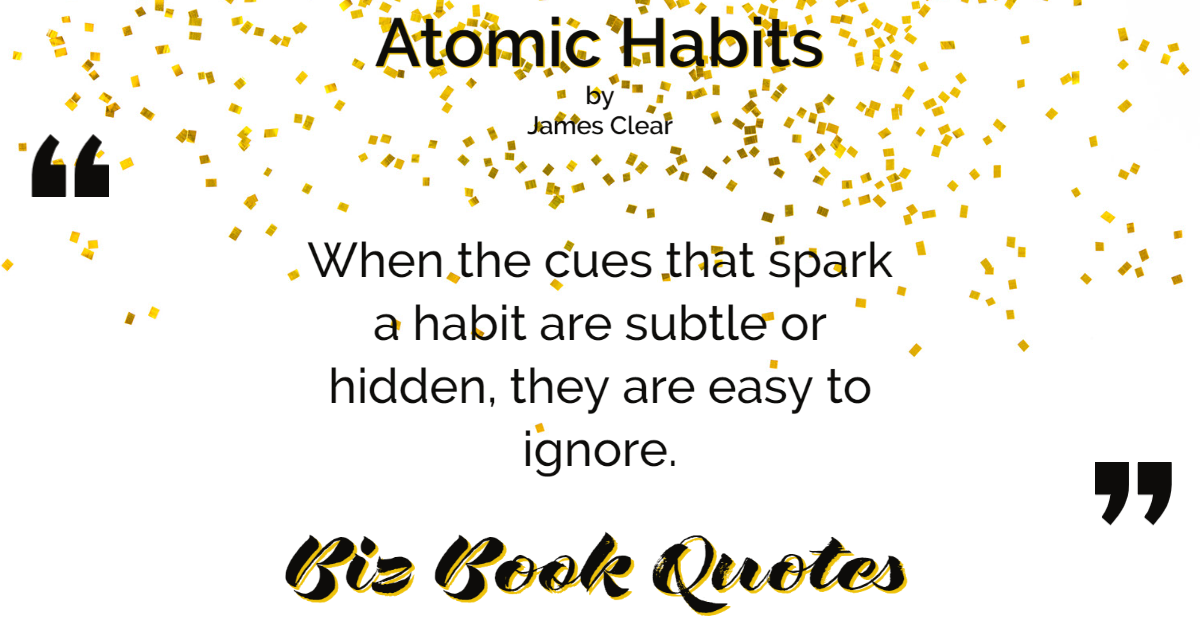
|
Atomic Habits:
When the cues that spark a habit are subtle or hidden, they are easy to ignore.
|
85 |
|

|
Atomic Habits:
If you want to make a habit a big part of your life, make the cue a big part of your environment.
|
86 |
|
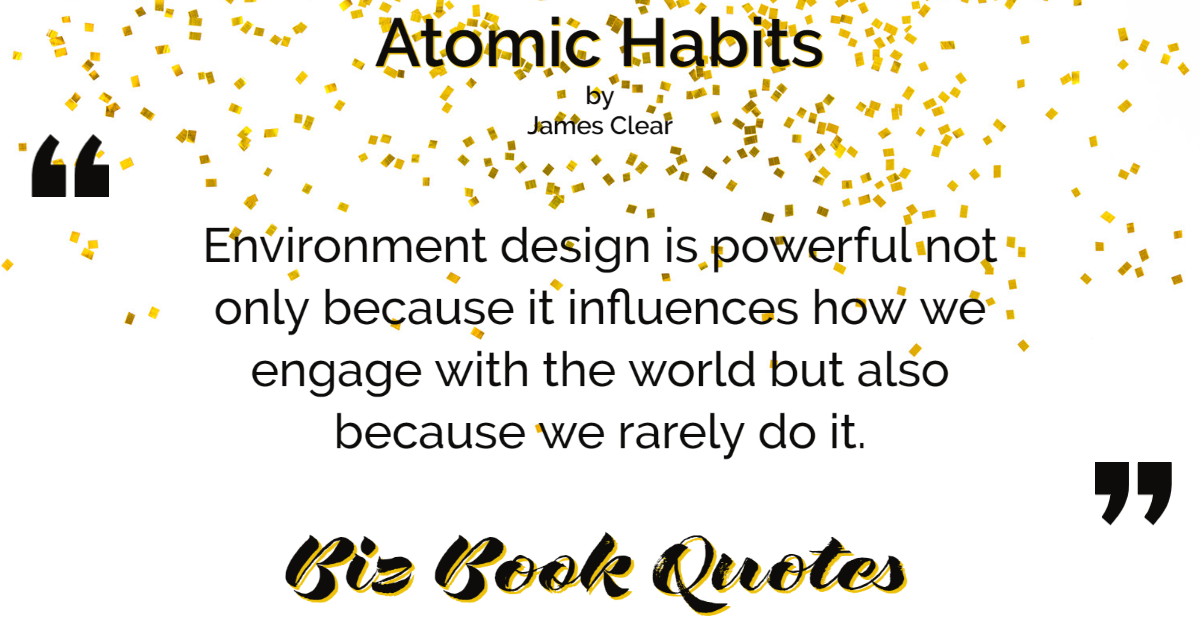
|
Atomic Habits:
Environment design is powerful not only because it influences how we engage with the world but also because we rarely do it.
|
87 |
|
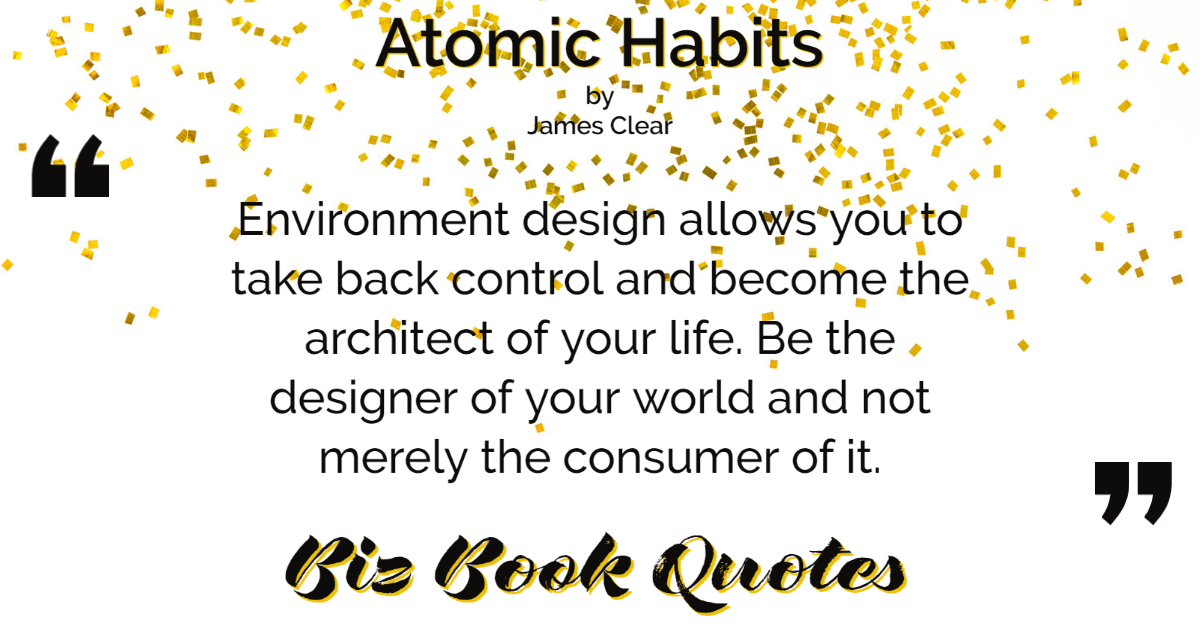
|
Atomic Habits:
Environment design allows you to take back control and become the architect of your life. Be the designer of your world and not merely the consumer of it.
|
87 |
|
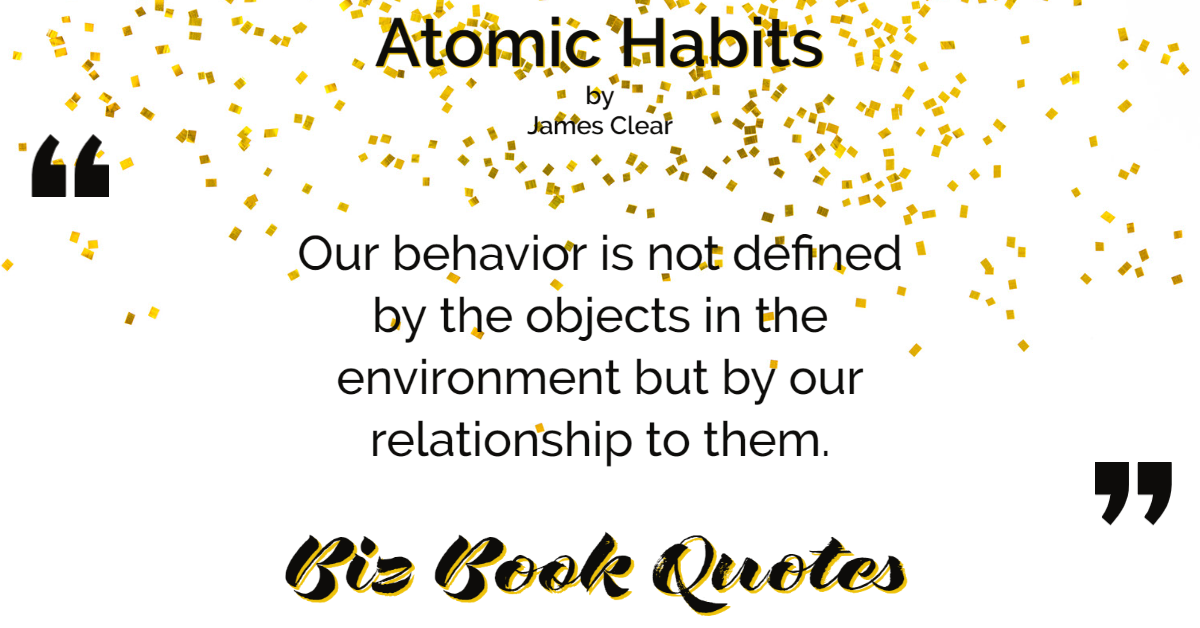
|
Atomic Habits:
Our behavior is not defined by the objects in the environment but by our relationship to them.
|
87 |
|

|
Atomic Habits:
It is easier to associate a new habit with a new context than to build a new habit in the face of competing cues.
|
88 |
|
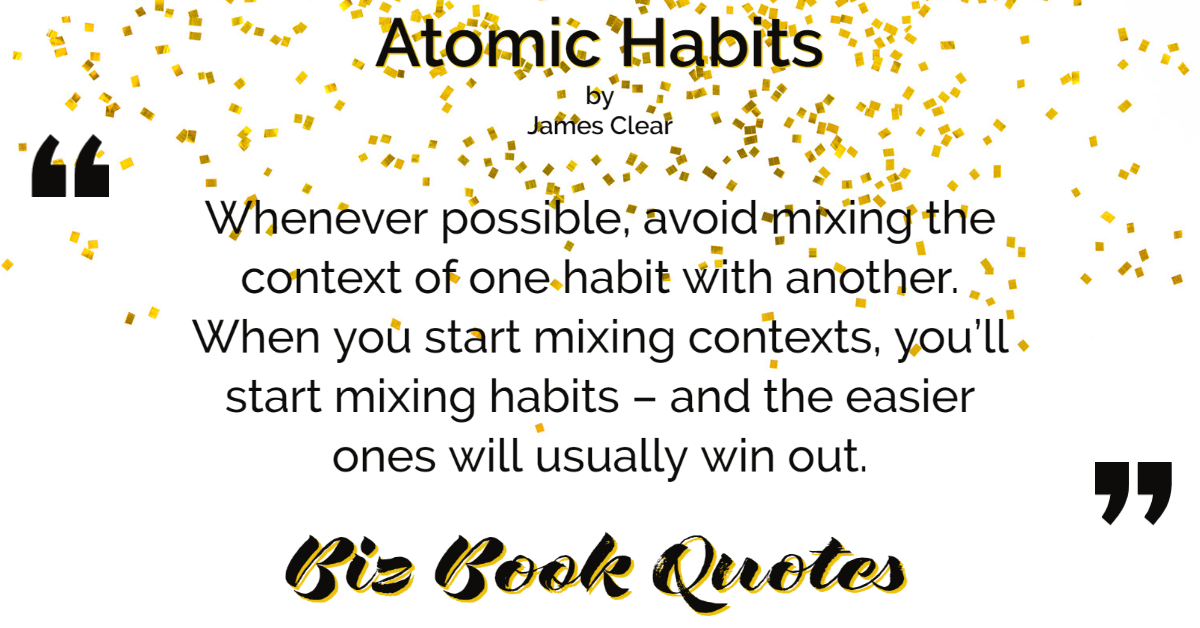
|
Atomic Habits:
Whenever possible, avoid mixing the context of one habit with another. When you start mixing contexts, you’ll start mixing habits – and the easier ones will usually win out.
|
89 |
|
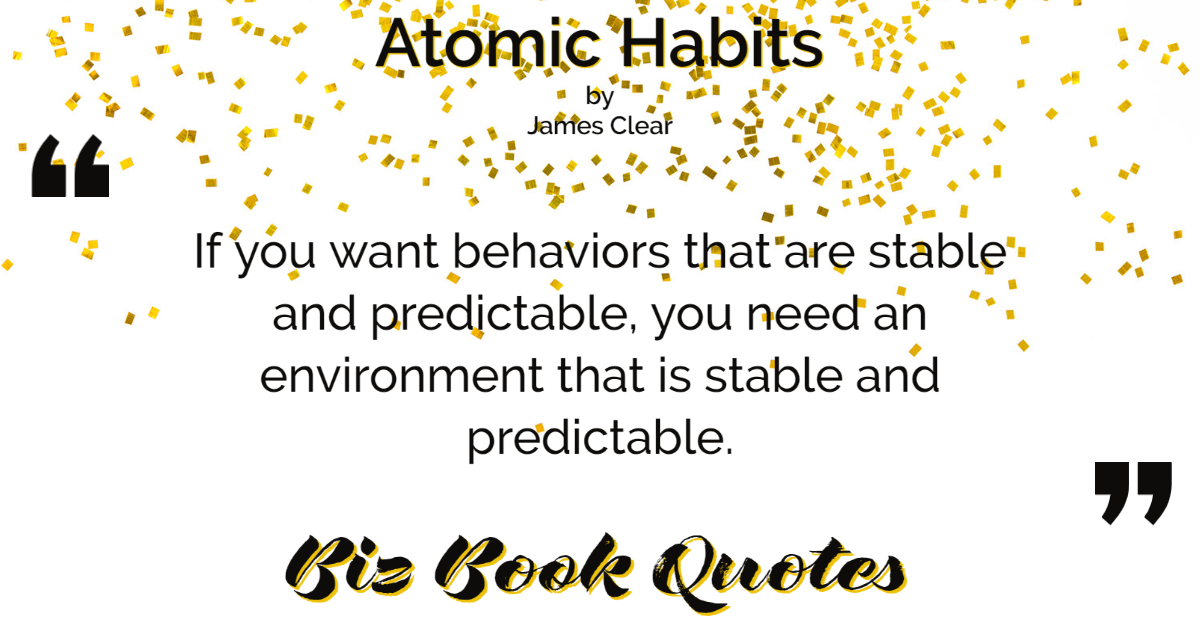
|
Atomic Habits:
If you want behaviors that are stable and predictable, you need an environment that is stable and predictable.
|
90 |
